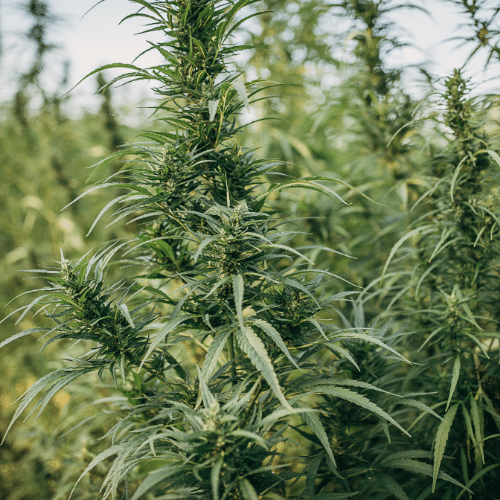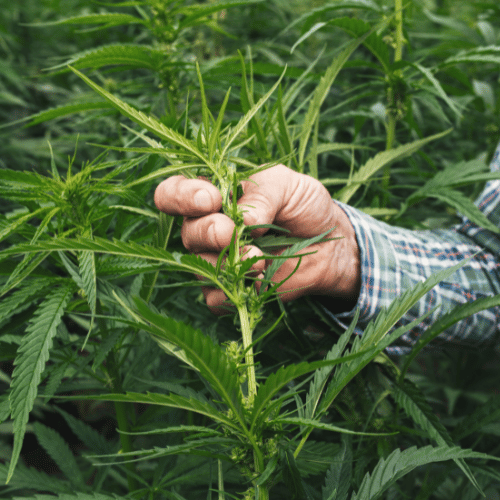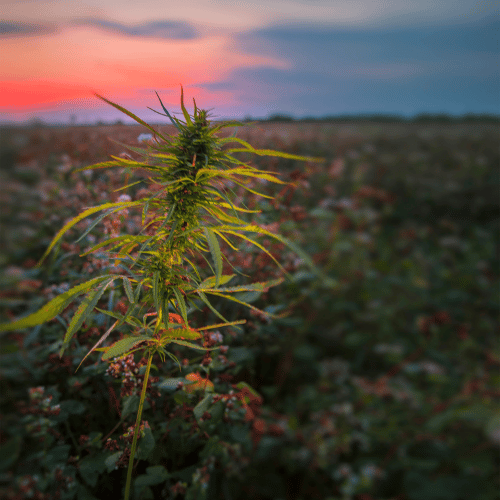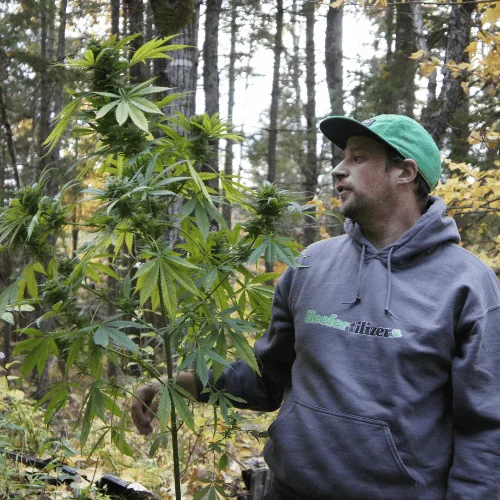It’s been a long time coming, but the world is finally catching on to the benefits of CBD.
CBD, or cannabidiol, is a natural compound found in cannabis plants that is known for its powerful healing effects. As it has gained popularity as an alternative to pharmaceutical drugs like opioids, more and more people have been exposed to this wonderful natural substance and its potential to help treat everything from chronic pain to epilepsy.
But while CBD has gotten a lot of attention in recent years, many hemp-derived products are still relatively new to mainstream consumers. Hemp is another type of cannabis plant that contains very small amounts of THC (the psychoactive chemical in marijuana) and can be used for a variety of purposes—including making CBD oil!
So how did we get here? If you want to know the whole story about hemp-derived products like CBD oil, keep reading!

Hemp and Hemp-Derived Products During the Early Years
Hemp and hemp-derived products are nothing new. They’ve been a part of human history for thousands of years (2800 BCE) in the region of Central Asia.
It is believed that during the earliest days it was used primarily for textiles like hemp cords and bowstrings which were an essential part of the hunter-gatherer lifestyle.
This shortly after the start of the agricultural period. It was a time when humans were just beginning to cultivate crops — primarily grains and legumes—and develop the skills they needed to produce food. It was also when humans began to settle down into permanent communities and become more sedentary. Given this evidence, it’s very likely that hemp was among some of the very first crops to be grown and cultivated.
It wouldn’t take long before the people of the time discovered a variety of different uses for the plant. Early on, the seeds and oils were used heavily in cooking. By the year 2737 BCE, there was clear evidence that hemp-derived medicines were becoming popular.
The Spread of Hemp-Derived Medicines Around the World
In 2737 BCE, emperor Shen-Nung shared his research and findings on many different botanical medicines, including hemp. His findings would later be compiled into the Pen-ts’ao Ching, which is viewed as one of the oldest medicinal texts in existence — and perhaps the most important text on botanical medicine. The book was written in 2737 BCE and includes information about how the Chinese used cannabis as a food source and medicine. It also describes many different uses for the plant, including fiber, oils, and even its juices.
Hemp began to slowly spread to the rest of the world as foreign connections were made and trade grew more prominent. An Indian text called the Atharvaveda— which is one of the oldest books in existence—is believed to have been written sometime between 2000 BCE and 1000 BCE. The book contains a wealth of information about cannabis, including its uses as food and medicine. It also mentions “bhang,” a mixture of spices and cannabis that was commonly used for religious purposes by followers of Shiva.
Hemp-derived products have been uncovered in most major ancient civilizations. A hemp rope from 600 BCE was found in Russia. A similar form of rope was found in Greece from around 200 BCE.
Hemp Comes to America?
Hemp became a massive cash crop during the 16th century. During the 1530s, King Henry VIII levied heavy fines against farmers who did not grow hemp. It spread to South America around a decade later. Finally, in 1616, America’s first permanent settlement began to grow hemp. A few years later, laws began to pop up that mandated farmers grow a certain amount of hemp.
At the time, the hemp-derived products of interest were ropes, clothing, and other textiles. The value of hemp-derived medicines like CBD oil was understood in the East but hadn’t gained much traction in the West. It wasn’t until the 18th century that English medical texts began to frequently reference hemp for a wide range of disorders and symptoms. They didn’t know it at the time, but many of the medicinal benefits attributed to hemp were caused by the CBD content.

CBD is Finally Discovered
The late 1930s and early 1940s were times of tragic setbacks and monumental breakthroughs. The Marihuana Tax Act made it illegal to cultivate, possess, import, or distribute marijuana without paying a significant tax. This greatly limited the public’s access to hemp-derived medicinal products because the government considered marijuana and hemp to be the same.
Luckily, the tax act did not make it impossible for researchers to gain access to the plant. Only three years after the Marihuana Tax Act, Roger Adams was the first researcher to isolate and synthesize the CBD compound. It was only the second cannabinoid to be isolated, but it sparked a serious interest in the subject. At the time, not even the psychoactive cannabinoid THC had been isolated yet.
Cannabis testing became even more productive during the 1960s. CBD and THC had both finally been isolated and could be studied closely and separately. Researchers of the time used primates as test subjects to determine the potential effects of these different cannabinoids. It was discovered that THC was the
compound responsible for the psychoactive effect and that CBD had similar health benefits without the psychoactive component.
The Legalization of CBD Oil in the United States
The laws regulating hemp, marijuana, and cannabinoids like CBD only grew more strict during the end of the 20th century. The public had no access to these products legally, but researchers were still making significant strides behind the scenes. Experts began to understand the endocannabinoid system better and thus better understand how CBD interacts with the body.
The 2014 Farm Bill changed everything when it created a clear distinction between hemp and marijuana. It set the groundwork for massive changes in US policy just 4 years later. It sparked new commercial interest and research.
Finally, the 2018 Farm Bill was finalized, and it made hemp with less than 0.3 percent THC legal across the country.
The 2018 Farm Bill instantly created a massive market for CBD oil and other hemp-derived products. Hundreds of companies began to pop up across the country all offering CBD oil, hemp seed oil, tinctures, edibles, and everything in between. As long as their products contained less than 0.3 percent THC, they were considered legal in almost every state. Unfortunately, there are still a few states that fight back with regulations in their Controlled Substance Act (CSA) that limits or prohibits CBD usage beyond the federal guidelines, but times are changing fast to catch up to the science.

Where is the Future of CBD Headed?
With new legislation and widespread usage throughout the public, there is no doubt that our understanding of CBD will grow tremendously over the coming decades. More people than ever have access to hemp-derived products, and we can see the medicinal benefits it has for millions of people around the globe. Hemp is often referred to as a super-food because it’s packed full of nutrients in addition to the many cannabinoids. It can be found in many health food stores now throughout North America and we’re even starting to see CBD added to pet supplements due to the fact that all mammals have an endocannabinoid system that may benefit from this substance.
There are more studies than ever focusing on CBD and hemp. Many more cannabinoids have been identified and researchers are testing how they work on their own and how they interact with other cannabinoids like CBD or THC. It’s likely that the selection and efficiency of hemp-derived products will continue to improve.

Mike Drouin is the co-founder of Reefertilizer. He’s an experienced craft cannabis grower and a writer of many articles regarding the process. Mike lives on Vancouver Island and enjoys cycling and camping and will sometimes combine the two.
